�
Distribution
System
Modeling
and
Analysis
The ELECTRIC POWER ENGINEERING Series
The ELECTRIC POWER ENGINEERING Series
series editor Leo Grigsy
series editor Leo Grigsby
Published Titles
Electromechanical Systems, Electric Machines,
and Applied Mechatronics
Sergey E. Lyshevski
Electrical Energy Systems
Mohamed E. El-Hawary
Electric Drives
Ion Boldea and Syed Nasar
Distribution System Modeling and Analysis
William H. Kersting
Linear Synchronous Motors:
Transportation and Automation Systems
Jacek Gieras and Jerry Piech
Forthcoming Titles
Induction Machine Handbook
Ion Boldea and Syed Nasar
Power System Operations
in a Restructured Business Environment
Fred I. Denny and David E. Dismukes
Power Quality
C. Sankaran
�
Distribution
System
Modeling
and
Analysis
William H. Kersting
New Mexico State University
Las Cruces, New Mexico
Boca Raton London New York Washington, D.C.
CRC Press
�
0812_frame_FM.fm Page iv Tuesday, July 31, 2001 10:49 AM
Library of Congress Cataloging-in-Publication Data
Kersting, William H.
Distribution system modeling and analysis / William H. Kersting
p. cm. -- (Electric power engineering series)
Includes bibliographical references and index.
ISBN 0-8493-0812-7 (alk. paper)
1. Electric power distribution–Mathematical models. I. Title. II. Series.
TK3001 .K423 2001
621.31—dc21
2001035681
CIP
This book contains information obtained from authentic and highly regarded sources. Reprinted material
is quoted with permission, and sources are indicated. A wide variety of references are listed. Reasonable
efforts have been made to publish reliable data and information, but the author and the publisher cannot
assume responsibility for the validity of all materials or for the consequences of their use.
Neither this book nor any part may be reproduced or transmitted in any form or by any means, electronic
or mechanical, including photocopying, microfilming, and recording, or by any information storage or
retrieval system, without prior permission in writing from the publisher.
The consent of CRC Press LLC does not extend to copying for general distribution, for promotion, for
creating new works, or for resale. Specific permission must be obtained in writing from CRC Press LLC
for such copying.
Direct all inquiries to CRC Press LLC, 2000 N.W. Corporate Blvd., Boca Raton, Florida 33431.
Trademark Notice:
used only for identification and explanation, without intent to infringe.
Product or corporate names may be trademarks or registered trademarks, and are
Visit the CRC Press Web site at www.crcpress.com
© 2002 by CRC Press LLC
No claim to original U.S. Government works
International Standard Book Number 0-8493-0812-7
Library of Congress Card Number 2001035681
Printed in the United States of America 1 2 3 4 5 6 7 8 9 0
Printed on acid-free paper
�
0812_frame_FM.fm Page v Tuesday, July 31, 2001 10:49 AM
Contents
1
2
........................................... 1
Introduction to Distribution Systems
1.1 The Distribution System......................................................................2
1.2 Distribution Substations ......................................................................2
1.3 Radial Feeders.......................................................................................5
1.4 Distribution Feeder Map.....................................................................6
1.5 Distribution Feeder Electrical Characteristics..................................8
1.6 Summary................................................................................................9
..................................................................... 11
The Nature of Loads
2.1 Definitions............................................................................................ 11
Individual Customer Load................................................................13
2.2
2.2.1 Demand ...................................................................................13
2.2.2 Maximum Demand................................................................13
2.2.3 Average Demand....................................................................14
2.2.4 Load Factor .............................................................................14
2.3 Distribution Transformer Loading...................................................15
2.3.1 Diversified Demand...............................................................16
2.3.2 Maximum Diversified Demand...........................................17
2.3.3 Load Duration Curve ............................................................17
2.3.4 Maximum Noncoincident Demand ....................................17
2.3.5 Diversity Factor ......................................................................18
2.3.6 Demand Factor .......................................................................19
2.3.7 Utilization Factor....................................................................19
2.3.8 Load Diversity ........................................................................20
2.4 Feeder Load.........................................................................................20
2.4.1 Load Allocation ......................................................................20
2.4.1.1 Application of Diversity Factors...........................21
2.4.1.2 Load Survey..............................................................21
2.4.1.3 Transformer Load Management............................25
2.4.1.4 Metered Feeder Maximum Demand ....................25
2.4.1.5 What Method to Use? .............................................27
2.4.2 Voltage-Drop Calculations Using Allocated Loads..........27
2.4.2.1 Application of Diversity Factors...........................27
2.4.2.2 Load Allocation Based upon
Transformer Ratings................................................31
2.5 Summary..............................................................................................32
Problems.......................................................................................... 33
�
0812_frame_FM.fm Page vi Tuesday, July 31, 2001 10:49 AM
3
4
5
drop
rise
K
K
............................................. 39
Approximate Methods of Analysis
3.1 Voltage Drop........................................................................................39
3.2 Line Impedance...................................................................................41
3.3
“K” Factors ..........................................................................................43
Factor.......................................................................43
3.3.1 The
3.3.2 The
Factor........................................................................46
3.4 Uniformly Distributed Loads ...........................................................47
3.4.1 Voltage Drop ...........................................................................48
3.4.2 Power Loss ..............................................................................50
3.4.3 The Exact Lumped Load Model..........................................52
3.5 Lumping Loads in Geometric Configurations ..............................55
3.5.1 The Rectangle..........................................................................55
3.5.2 The Triangle ............................................................................60
3.5.3 The Trapezoid .........................................................................65
3.6 Summary..............................................................................................71
References .....................................................................................................71
Problems.......................................................................................... 71
......... 77
Series Impedance of Overhead and Underground Lines
4.1 Series Impedance of Overhead Lines..............................................77
4.1.1 Transposed Three-Phase Lines.............................................78
4.1.2 Untransposed Distribution Lines ........................................79
4.1.3 Carson’s Equations ................................................................81
4.1.4 Modified Carson’s Equations...............................................83
4.1.5 Primitive Impedance Matrix for Overhead Lines ............85
4.1.6 Phase Impedance Matrix for Overhead Lines ..................86
4.1.7
Sequence Impedances............................................................89
4.2 Series Impedance of Underground Lines.......................................95
4.2.1 Concentric Neutral Cable .....................................................96
4.2.2 Tape-Shielded Cables...........................................................101
4.3 Summary............................................................................................105
References ...................................................................................................105
Problems........................................................................................ 105
...... 109
Shunt Admittance of Overhead and Underground Lines
5.1 The General Voltage-Drop Equation ............................................. 110
5.2 Overhead Lines................................................................................. 111
5.3 Concentric Neutral Cable Underground Lines ........................... 115
5.4 Tape-Shielded Cable Underground Lines .................................... 119
5.5 Sequence Admittance.......................................................................121
5.6 Summary............................................................................................122
References ...................................................................................................122
Problems........................................................................................ 122
�
0812_frame_FM.fm Page vii Tuesday, July 31, 2001 10:49 AM
6
7
8
............................................. 125
Distribution System Line Models
6.1 Exact Line Segment Model .............................................................125
6.2 The Modified Line Model ...............................................................132
6.3 The Approximate Line Segment Model .......................................136
6.4 Summary............................................................................................141
References ...................................................................................................141
Problems........................................................................................ 141
7.4.1
............................................................... 145
Regulation of Voltages
7.1 Standard Voltage Ratings ................................................................145
7.2 Two-Winding Transformer Theory................................................147
7.3 The Two-Winding Autotransformer..............................................152
7.3.1 Autotransformer Ratings ....................................................156
7.3.2 Per-Unit Impedance.............................................................158
7.4 Step-Voltage Regulators...................................................................162
Single-Phase Step-Voltage Regulators ..............................163
7.4.1.1 Type A Step-Voltage Regulator............................163
7.4.1.2 Type B Step-Voltage Regulator............................164
7.4.1.3 Generalized Constants ..........................................167
7.4.1.4 The Line Drop Compensator...............................168
7.4.2 Three-Phase Step-Voltage Regulators ...............................174
7.4.2.1 Wye-Connected Regulators..................................175
7.4.2.2 Closed Delta-Connected Regulators...................180
7.4.2.3 Open Delta-Connected Regulators .....................183
7.5 Summary............................................................................................193
References ...................................................................................................194
Problems........................................................................................ 194
............................................. 199
Three-Phase Transformer Models
Introduction.......................................................................................199
8.1
8.2 Generalized Matrices .......................................................................200
8.3 The Delta–Grounded Wye Step-Down Connection....................201
8.3.1 Voltages..................................................................................202
8.3.2 Currents .................................................................................206
8.4 The Ungrounded Wye–Delta Step-Down Connection...............212
8.5 The Grounded Wye–Grounded Wye Connection.......................222
8.6 The Delta–Delta Connection...........................................................224
8.7 The Open Wye–Open Delta Connection ......................................236
8.8 The Thevenin Equivalent Circuit...................................................242
8.9 Summary............................................................................................245
Problems........................................................................................ 245
�
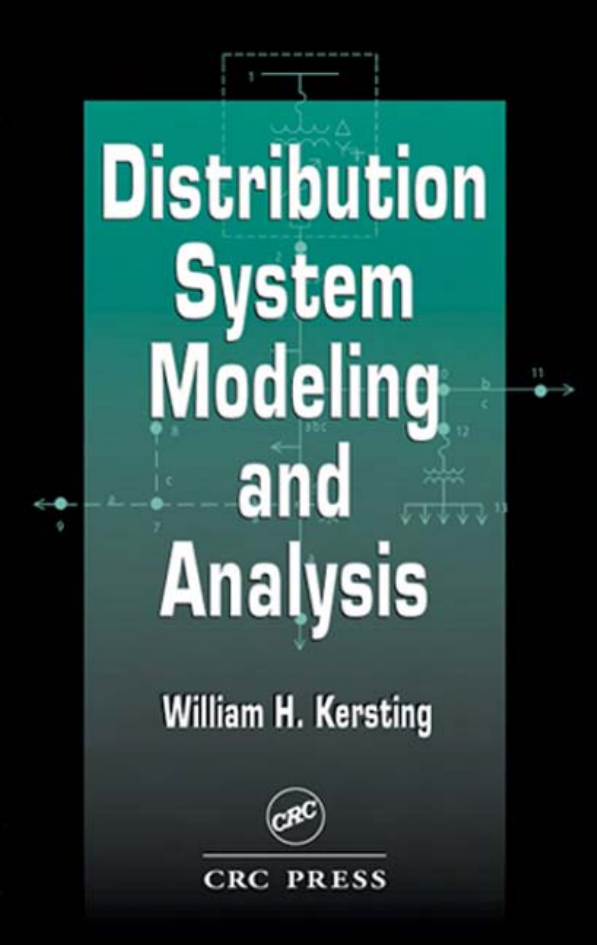
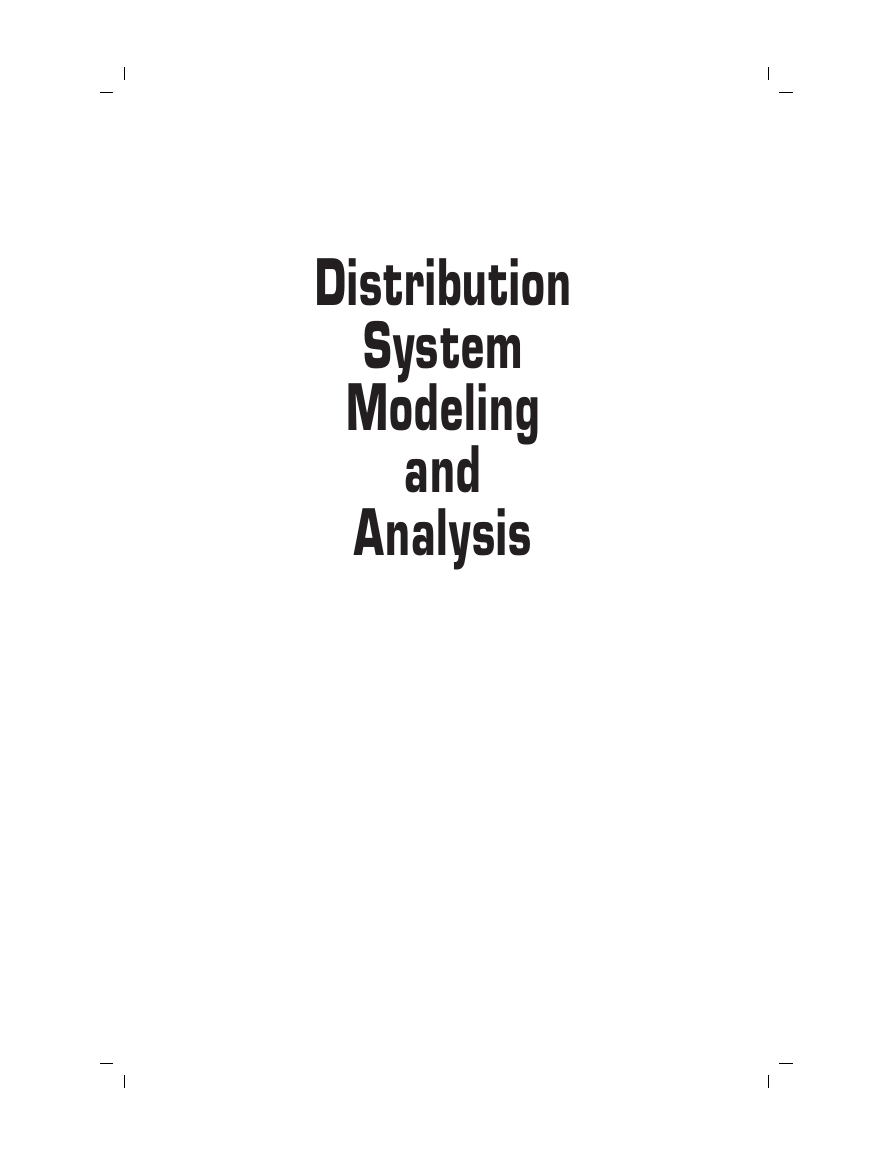
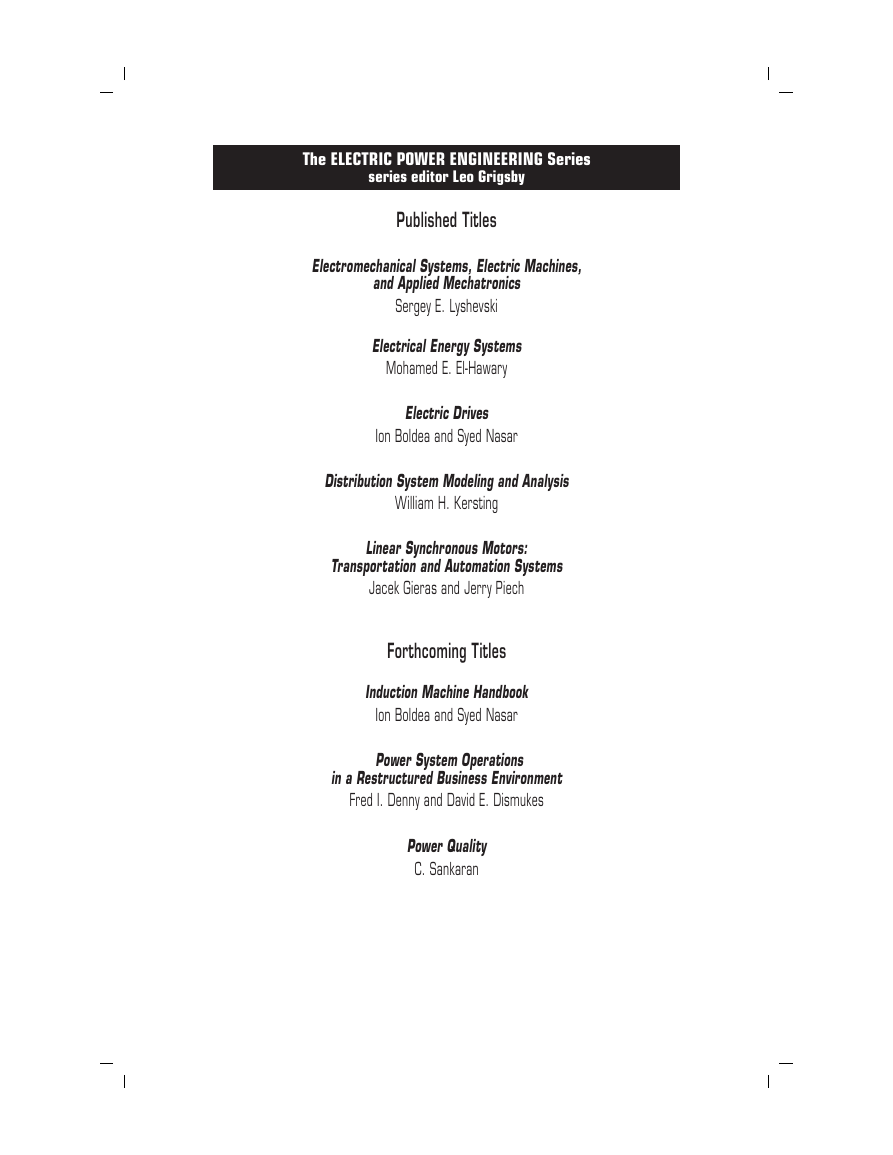
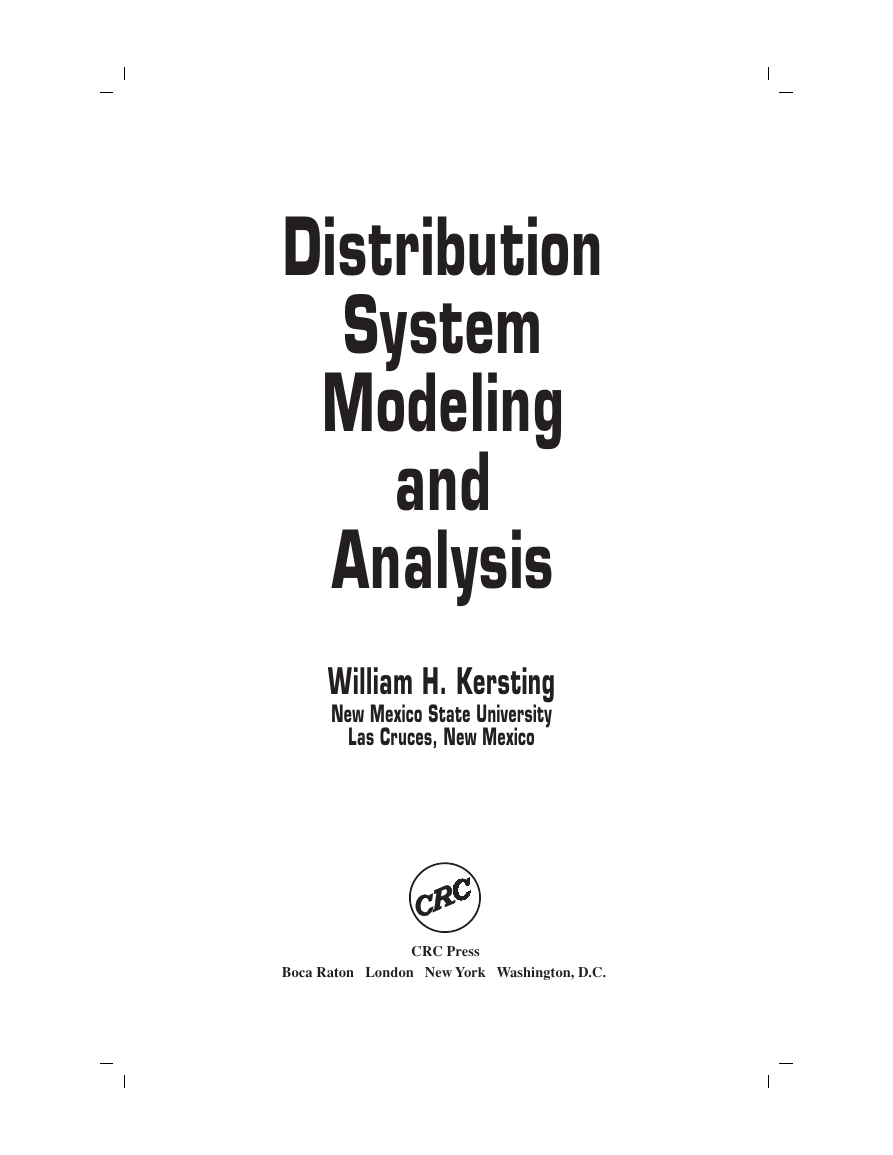
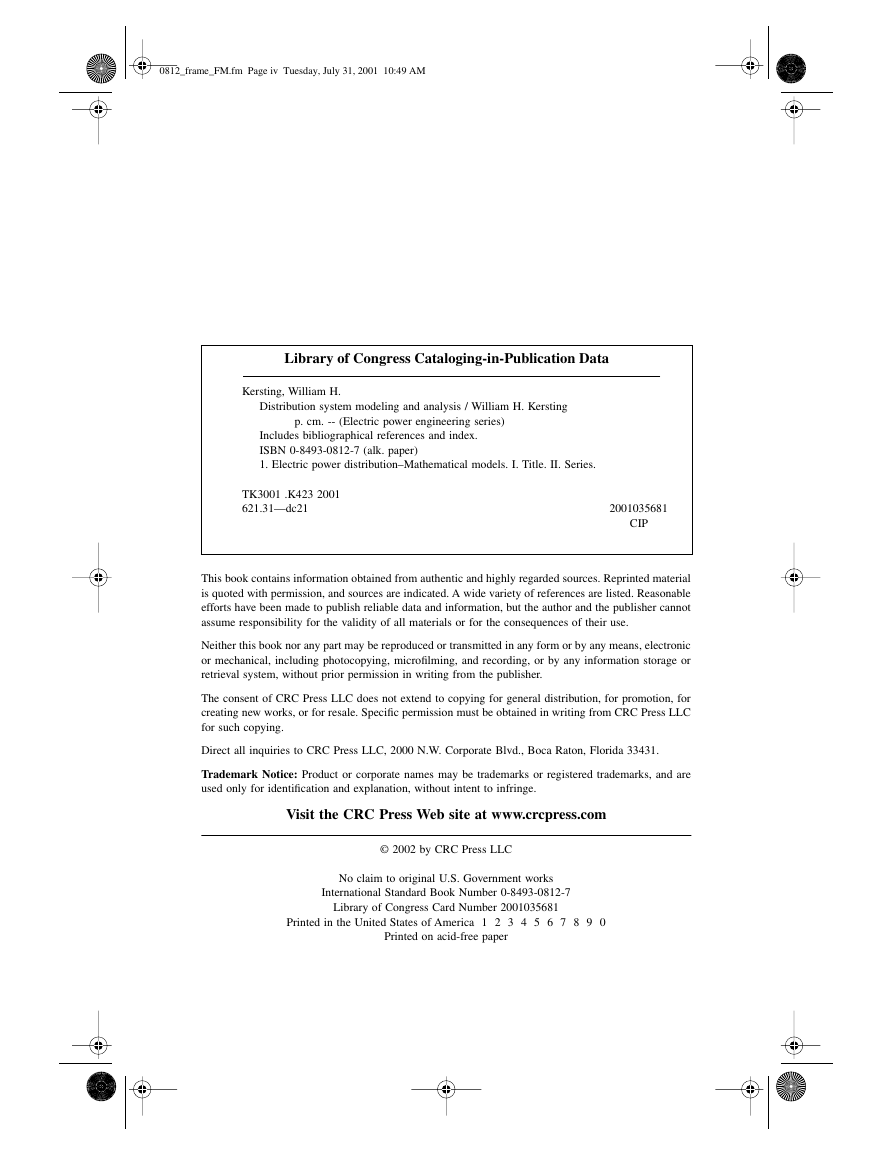
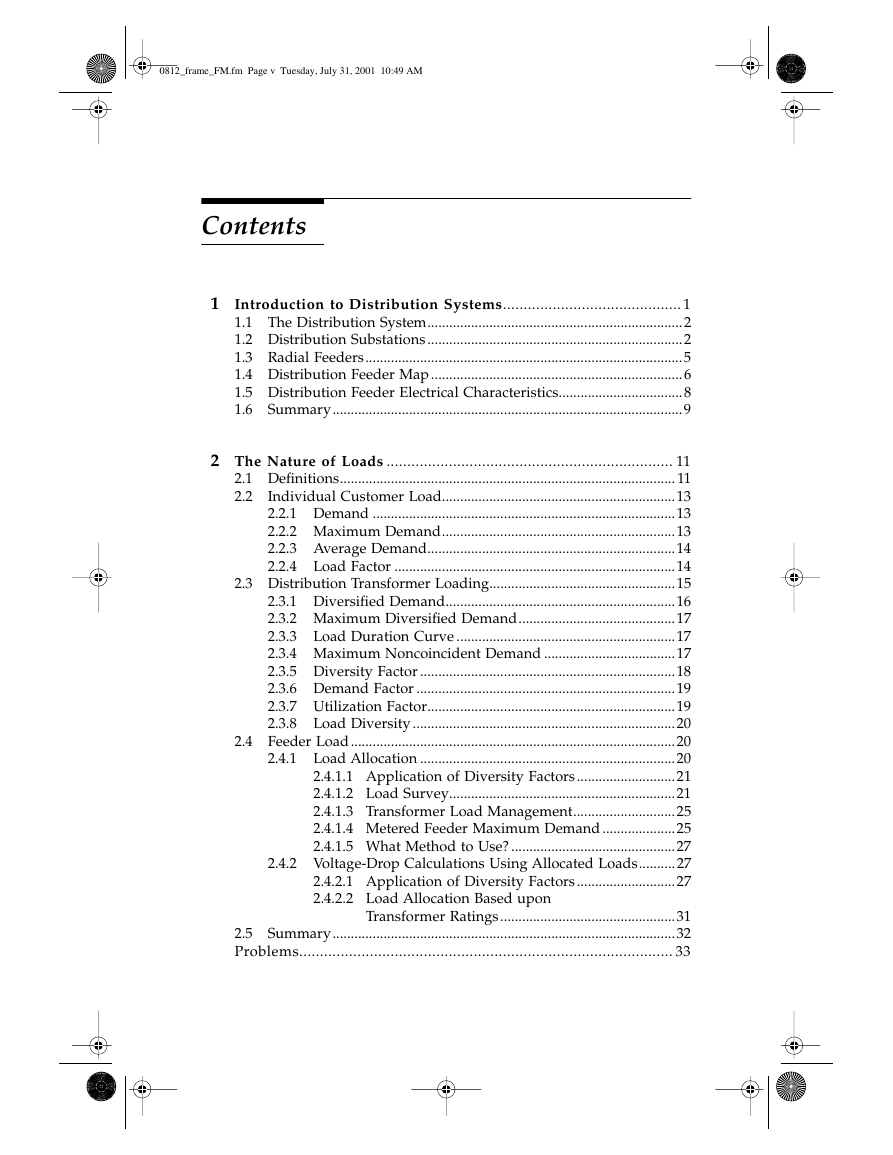
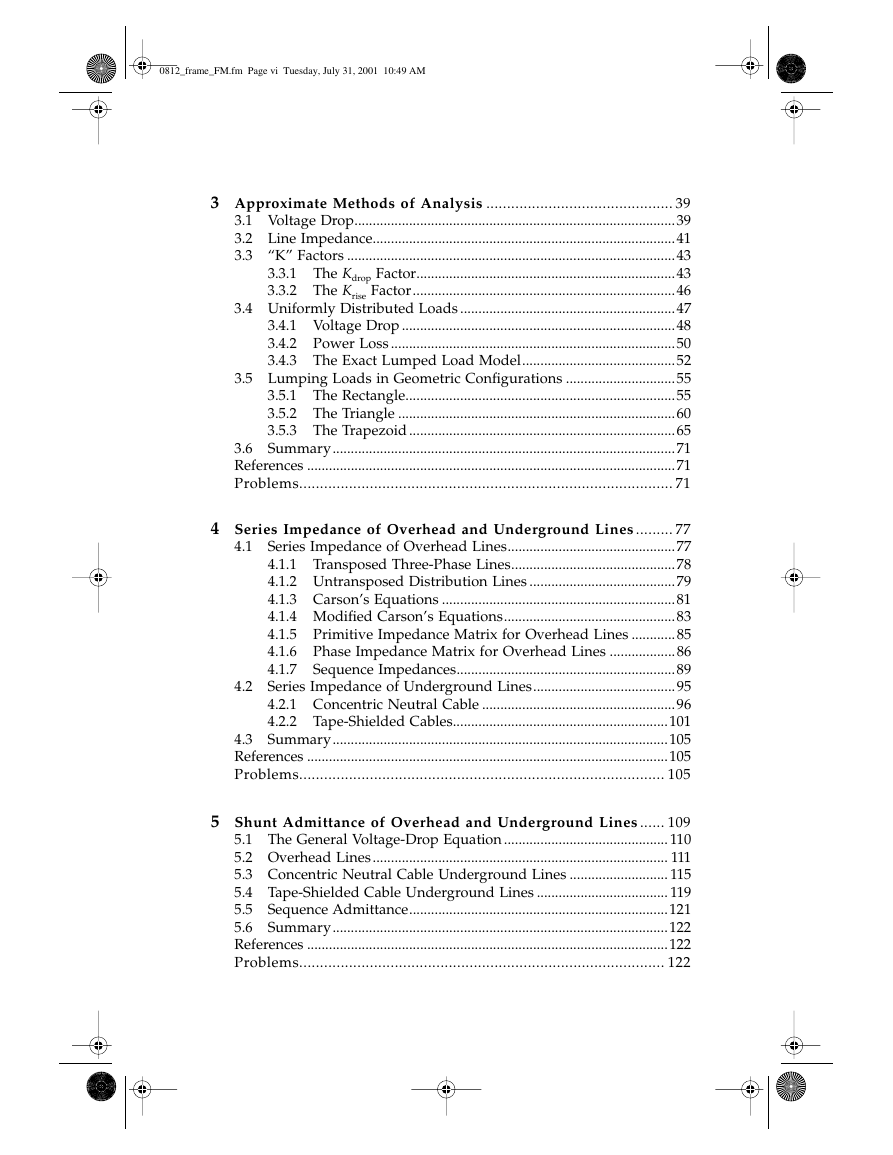
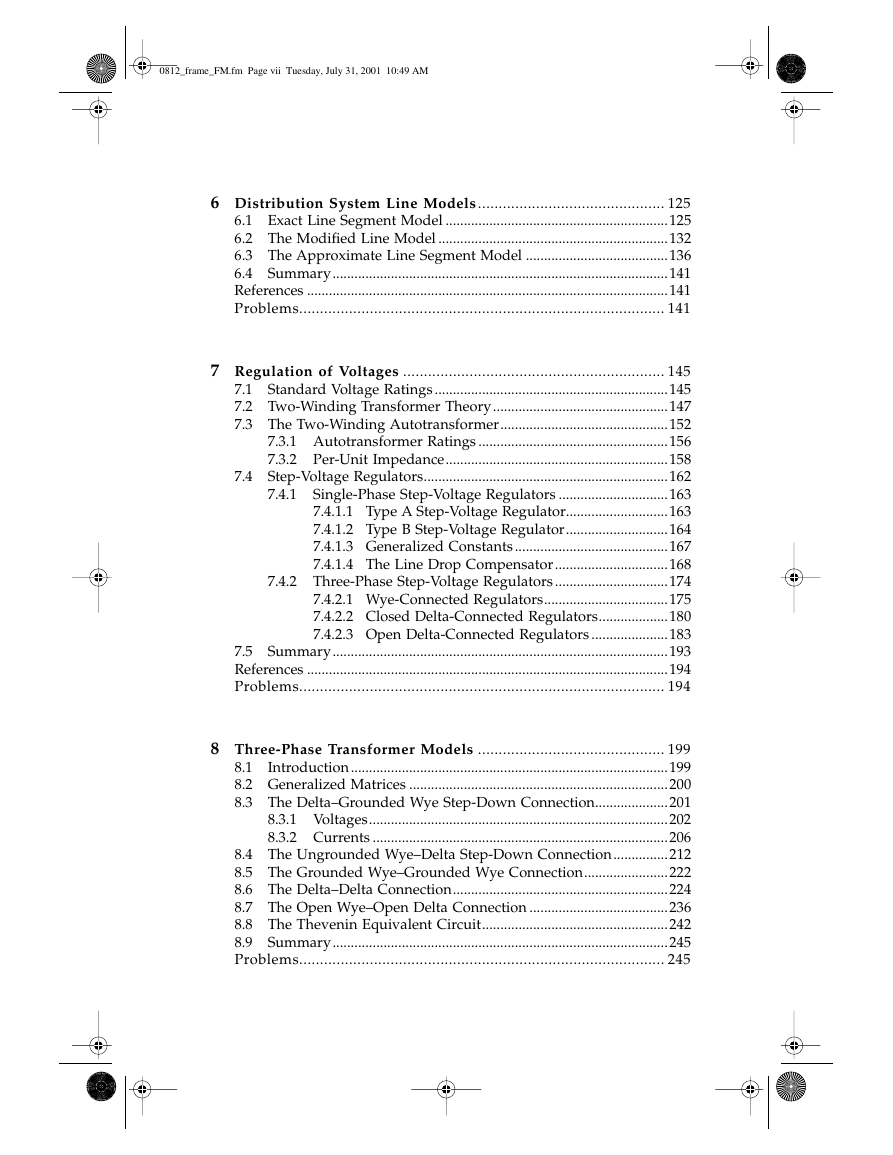








 2023年江西萍乡中考道德与法治真题及答案.doc
2023年江西萍乡中考道德与法治真题及答案.doc 2012年重庆南川中考生物真题及答案.doc
2012年重庆南川中考生物真题及答案.doc 2013年江西师范大学地理学综合及文艺理论基础考研真题.doc
2013年江西师范大学地理学综合及文艺理论基础考研真题.doc 2020年四川甘孜小升初语文真题及答案I卷.doc
2020年四川甘孜小升初语文真题及答案I卷.doc 2020年注册岩土工程师专业基础考试真题及答案.doc
2020年注册岩土工程师专业基础考试真题及答案.doc 2023-2024学年福建省厦门市九年级上学期数学月考试题及答案.doc
2023-2024学年福建省厦门市九年级上学期数学月考试题及答案.doc 2021-2022学年辽宁省沈阳市大东区九年级上学期语文期末试题及答案.doc
2021-2022学年辽宁省沈阳市大东区九年级上学期语文期末试题及答案.doc 2022-2023学年北京东城区初三第一学期物理期末试卷及答案.doc
2022-2023学年北京东城区初三第一学期物理期末试卷及答案.doc 2018上半年江西教师资格初中地理学科知识与教学能力真题及答案.doc
2018上半年江西教师资格初中地理学科知识与教学能力真题及答案.doc 2012年河北国家公务员申论考试真题及答案-省级.doc
2012年河北国家公务员申论考试真题及答案-省级.doc 2020-2021学年江苏省扬州市江都区邵樊片九年级上学期数学第一次质量检测试题及答案.doc
2020-2021学年江苏省扬州市江都区邵樊片九年级上学期数学第一次质量检测试题及答案.doc 2022下半年黑龙江教师资格证中学综合素质真题及答案.doc
2022下半年黑龙江教师资格证中学综合素质真题及答案.doc